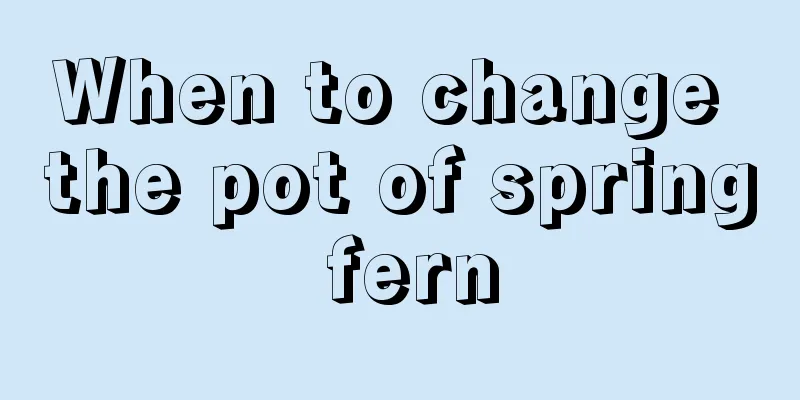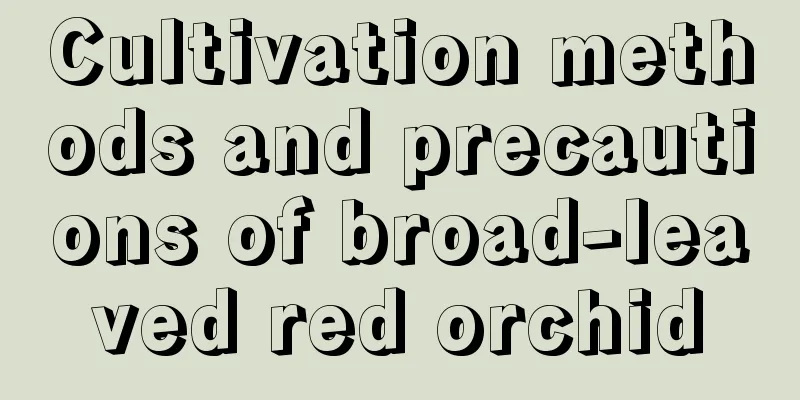When should peanuts be planted and harvested?

|
Peanuts are thermophilic crops and are very sensitive to temperature. The average daily temperature during the entire growing period generally needs to be higher than 21°C, and the total active accumulated temperature must be greater than 3200°C. Peanuts are highly drought-resistant and adaptable to soil, and can produce a certain yield even in poor soil. However, high-yield peanuts require better soil conditions. Deep, loose, fertile, well-drained, slightly acidic loam or sandy loam is most suitable. Let’s learn below: When to plant and harvest peanuts? When should peanuts be planted and harvested? 1. Sowing time The sowing time for spring peanuts is generally from mid-to-late April to early May. The sowing time for summer peanuts is generally from mid-to-late May to early June. 2. Harvest Time The peanut harvest period is generally from September to October, but the specific time varies depending on the region and cultivation method. Early-maturing peanuts in the north can be harvested in August, while late-maturing varieties in the south cannot be harvested until November. The harvest period for spring-sown peanuts is from mid-August to late September; the harvest period for summer-sown peanuts is from September to October. Peanut planting time and method and row spacing 1. Land selection Peanuts need sufficient sunlight, water and nutrients to grow, so choosing the right land is crucial. Land with flat terrain, deep soil and good drainage should be selected to promote the healthy growth of peanuts. At the same time, avoid continuous planting of peanuts on the same land to prevent soil nutrient imbalance and the breeding of pests and diseases. 2. Land preparation and fertilization Before planting, the land needs to be deeply plowed and finely harrowed to make the soil loose and level. At the same time, fertilize to provide adequate nutrients. Generally speaking, 2000-3000 kg of organic fertilizer and about 50 kg of compound fertilizer are required per acre of land. When applying fertilizer, be careful to avoid direct contact between fertilizer and seeds to prevent seedling burn. 3. Planting seeds Sowing is an important part of peanut planting. Before sowing, the seeds should be screened and processed, healthy and plump seeds should be selected, and those with pests and diseases and damaged seeds should be removed. At the same time, seeds are dried and mixed to improve their germination rate and disease resistance. When sowing, determine the sowing density and depth according to the characteristics of the variety and soil conditions. Usually, the sowing density is 15,000 to 20,000 holes per mu, with 2 to 3 seeds in each hole and a depth of 3 to 5 cm. After sowing, cover the soil in time and compact the soil with a roller to improve the germination rate and drought resistance of the seeds. 4. Field management Scientific field management is required during the growth of peanuts. Weeding, loosening the soil, watering and fertilizing should be done in time to ensure the normal growth of peanuts. When weeding, try to avoid using chemical herbicides to avoid affecting the growth and yield of peanuts. When loosening the soil, you can combine it with weeding to maintain the soil's permeability and moisture retention capacity. When watering, the amount and time of watering should be determined according to soil moisture and weather conditions. When applying fertilizer, choose the type and amount of fertilizer according to the growth of peanuts and the nutrient status of the soil. Generally, during the flowering and pod-setting stages, it is necessary to apply trace element fertilizers such as phosphorus, potassium and boron fertilizers. At the same time, foliar spraying can also be used to supplement nutrients and prevent diseases and pests. 5. Pest and disease control Pests and diseases are important factors affecting the growth and yield of peanuts, so their prevention and control is an indispensable part of the planting process. Integrated prevention and control measures should be adopted, including agricultural control, biological control and chemical control. Agricultural control can prevent pests and diseases through reasonable crop rotation, selection of disease-resistant varieties and enhanced field management; biological control can control the spread of pests and diseases by releasing natural enemies and using biological pesticides ; chemical control uses chemical pesticides when necessary, but the dosage and method in the instructions must be strictly followed to avoid pesticide residues and environmental pollution. To sum up, the sowing time of spring peanuts is mainly concentrated from mid-to-late April to early May, and the sowing time of summer peanuts is from mid-to-late May to early June. The harvest time for spring peanuts is from mid-August to late September, and for summer peanuts it is from September to October. The specific time will vary depending on the region and climatic conditions.
|
<<: When are onions planted and harvested in the north?
>>: When to plant peppers in winter?
Recommend
How plants survive the winter (Examples of how plants in nature survive the winter)
How to Overwinter Plants A new round of cooling h...
How cold can Jade Tree tolerate (introduction to wintering methods)
1. Cold temperature resistance of Yushu Yushu can...
Difference Between Artichoke and Milk Thistle
1. Difference of blades The basal leaves of artic...
Flower language and cultural background of Manna
Flower language of nectarine The flower language ...
The whole process of Yamato Nishiki blooming is so beautiful!
Flowering period of Yamato Nishiki Under natural ...
Will the heavy fan bloom?
Will the heavy fan bloom? In addition to having b...
Common pest control methods for Euonymus
Scale Scale damage Scale insects can harm the gro...
What does it mean to send peony flowers?
1. What does it mean? Peony is a very precious fl...
How to water Endless Summer in winter
Endless Summer Winter Watering Endless Summer nee...
Where do pistachios grow?
Pistachios are relatively large and oblong in sha...
How to grow bougainvillea at home
Bougainvillea Growing Conditions Bougainvillea li...
How to grow ping pong chrysanthemum
1. Maintenance conditions 1. Soil: Ping pong chry...
How to deal with the leggy growth of Oxalis
Treatment of Oxalis superfluous growth - suppleme...
How to grow Nine-headed Lion Grass
1. Soil Nine-headed lion grass is more suitable f...
What flowers are suitable for growing in Daxing'anling, and what are the city flowers and trees?
1. Climate characteristics of Daxinganling The Gr...









